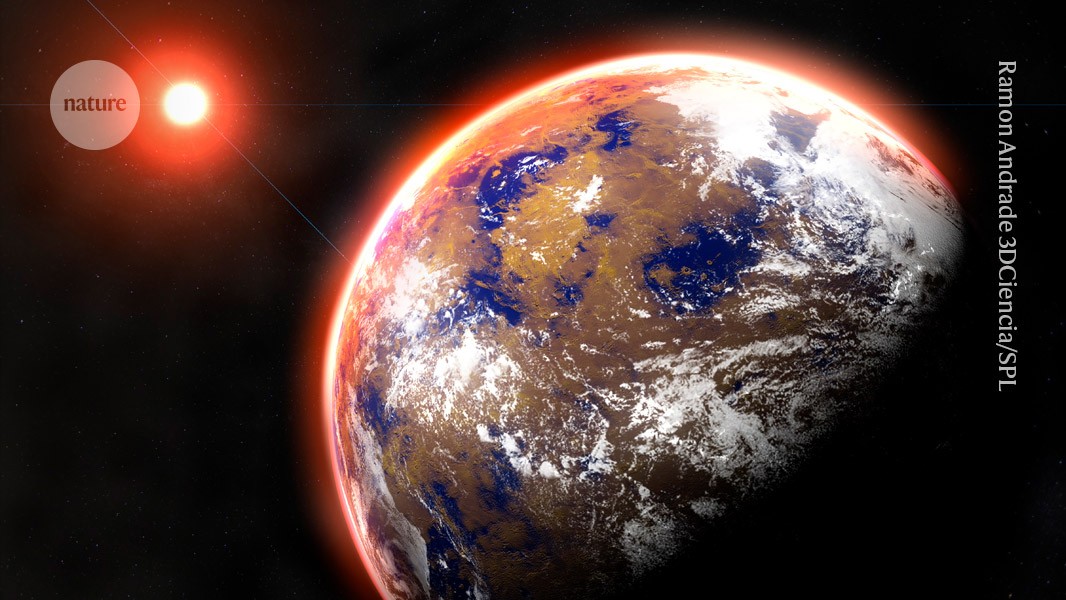
"It was also the start of a whirlwind of discovery. Astronomers have since found more than 6,000 exoplanets, plus hints of thousands more. Many were detected by NASA's Kepler and Transiting Exoplanet Survey Satellite (TESS) missions, with other telescopes also contributing (see 'Alien worlds'). The exoplanetary zoo hosts a diversity of beasts. There are 'hot Jupiters' that whirl closely around their stars, including the planet discovered 30 years ago, which is orbiting the star 51 Pegasi."
"There are 'super-Earths' and 'mini-Neptunes' - categorized because of how their masses compare with those of planets in the Solar System - which are some of the most common exoplanets found so far. There are systems crammed with multiple planets that move in almost musical rhythms with one another; rogue planets floating freely in the Galaxy; and alien worlds that circle two stars at once, just like the fictional Star Wars planet Tatooine."
Thirty years after the first detection of a planet orbiting a Sun-like star, astronomers have discovered more than 6,000 exoplanets and identified thousands more candidates. NASA's Kepler and TESS missions contributed large numbers of detections, supported by ground-based telescopes. The exoplanet population includes hot Jupiters, super-Earths, mini-Neptunes, multi-planet resonant systems, rogue planets, and circumbinary worlds. Planet types and system architectures often differ from Solar System norms, expanding definitions of planetary diversity and formation. Nearby systems such as the small planets orbiting Proxima Centauri offer opportunities for detailed study and potential future exploration.
Read at Nature
Unable to calculate read time
Collection
[
|
...
]